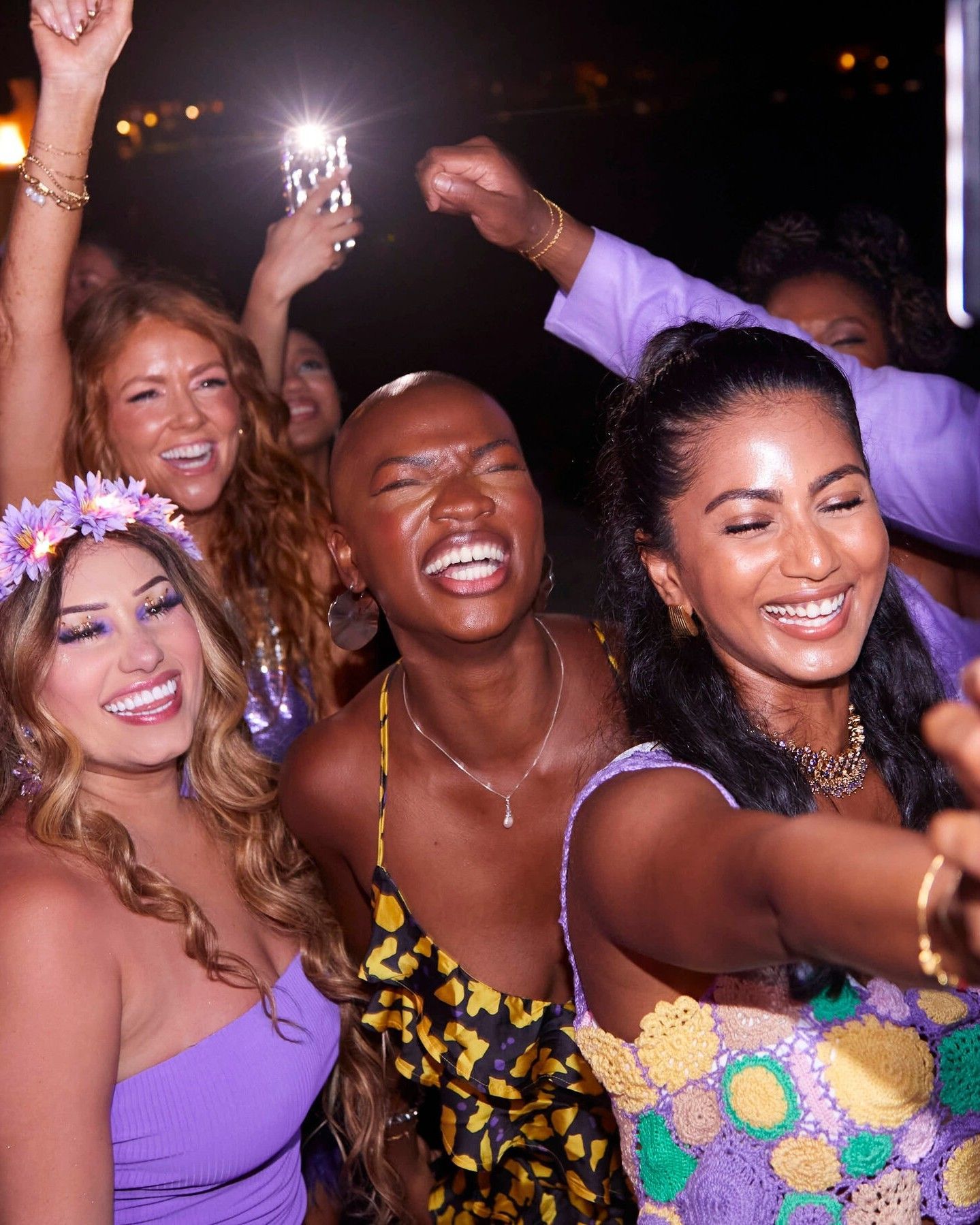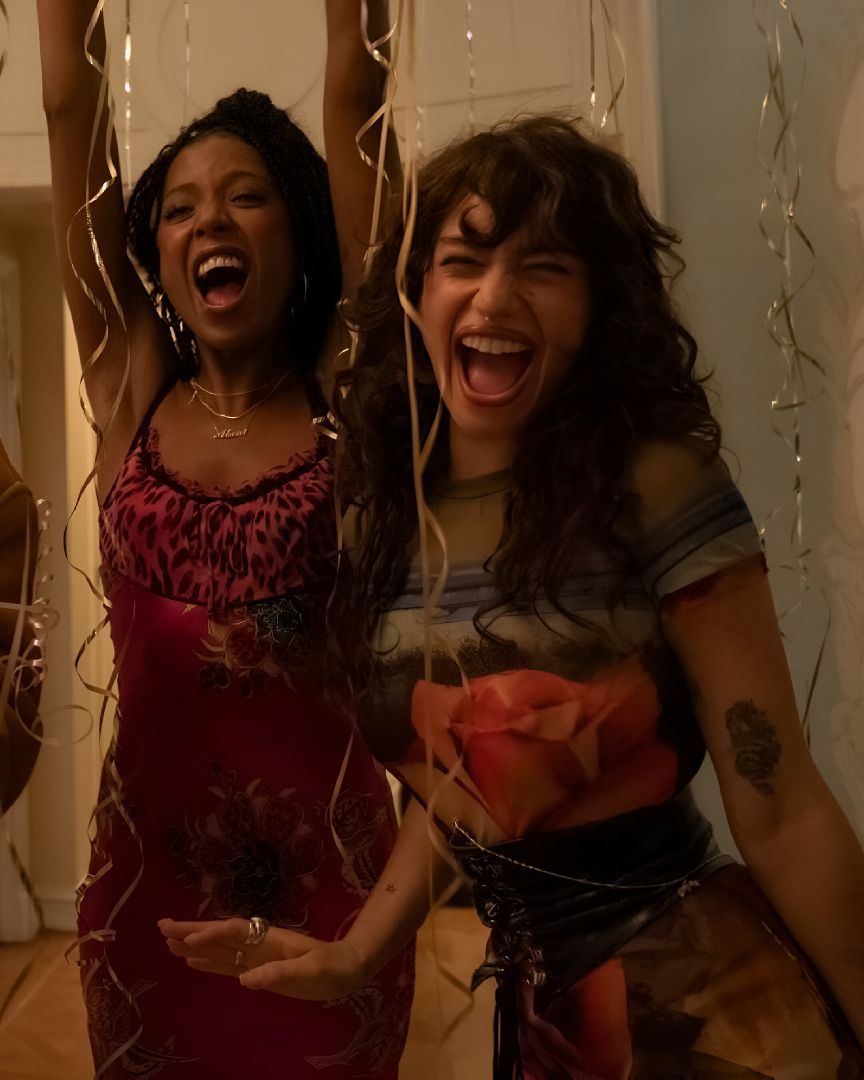
When brands become travel agencies From classic invitations to destination shows to recent “community trips” popular in the beauty world
Traditionally, the world of branded luxury travel has been the domain of influencers with large followings, who are chauffeured in the best cars to the best hotels to eat the finest food and take the best photos possible. However, the practice has become so widespread that the influencer has almost become a negative archetype of today's society—someone superficial whose good looks are exchanged for a lifestyle that few can afford, creating a fictional and misleading narrative on social media without adding anything to public discourse. This phenomenon has led the public to view so-called “influencer trips” as disrespectful displays, whose only result is a few Instagram posts. Over the past year, as reported by BoF, several brands (mostly young ones) have taken notice and begun to develop a new trend: “community trips,” which are trips organized and offered to customers and members of their community, turning a simple clientele into a kind of private club that, instead of just offering campaign photos, provides a full hospitality experience. Rather than offering aspirational content, a new branch of marketing is tentatively emerging that seeks to fulfill customer aspirations—and apparently, the success rate is quite high.
Of course, the practice known as “community trips” isn’t entirely new—at least in the luxury world: over the past twenty years (more or less), luxury brand customers have become the main invitees to Resort shows, provided with transport, luxurious hotel rooms, fine dining, exclusive events, and even gift baskets like those Dior offered at shows in Egypt and Scotland. For three or four days of travel and activities, no one has to open their wallet. While the most visible part of these trips is the influencers, who act as the “resonance box” of the experience on social media, the “community trip” aspect is already fully present for invited customers or broader members of the brand’s community. These are occasions where brands showcase all their magnificence and hospitality in a cross-sector approach that brings together various aspects of a trip, all within the luxury sphere. Fashion brands, however, seem to be above criticism due to their exclusivity, starting with their prices, while it’s different for other brands. For example, the cosmetics brand Tarte had previously organized luxurious trips for influencers to places like Dubai and Bora Bora, sparking outrage among average consumers who saw too stark a divide between the lucky influencers and everyone else. In response to shifting public sentiment, Tarte's subsequent projects have included customers through contests featuring experiences like Beyoncé's concert.
@priscillascreativecorner @REFY staying ahead if the curve again with a community based brand trip intead of taking out influencers This reminds me of alot of @TOPICALS giving an opportunity to members of their community to join them on a brand trip. Could community trips take over? What are your thoughts Do you think community trips should replace influencer trips. #influencer #influencermarketing #buildingcommunity #socialmediamarketing #refy #refybeauty original sound - priscilla | Content & SMM
"Community trips" not only mitigate potential negative feedback, but they also create more empathetic connections between brands and their consumer base. In short, the brand wins over regular people by offering them an entry into its world of luxury. This year, brands like Topicals and Refy have adopted the marketing model, combining customers and influencers in travel experiences that the former branded as “community trips.” This type of experience offers unique advantages over traditional influencer trips: beyond the usual social media metrics, involving regular customers adds an element of authenticity and, we might add, humanity that resonates with the social media audience—after all, a drop of honey attracts more than a barrel of vinegar. For brands, this can lead to an increase in user-generated content and an improvement in the so-called “sentiment,” another way of describing how the brand is perceived, which has important implications for customer loyalty and retention. In Refy’s case, things went even further, as the brand allowed its followers to choose the trip destination through a vote. Another company, Avoskin, collaborated with Nomaden Club, an agency that organizes women-only trips in Indonesia, to combine branding and organized travel.
Of course, this new way of conceptualizing branded travel won't diminish the role of traditional influencers, who often have millions of followers and can reach vast communities with their content, far beyond the reach of even the most successful word-of-mouth campaigns. It could be said that the world of premium brands is experimenting on a larger scale, with inclusivity in mind, using tactics that luxury brands have already widely practiced with greater discretion but similar goals. The only difference is that these new “community trips” appeal to the sensibilities of a more general audience, less accustomed to being spoiled by brands that spend extravagantly for their enjoyment—whereas, in the luxury sphere, free flights and five-star hotels are thoughtful gifts for those who have already spent enough money with the brand to afford far more lavish vacations.













































